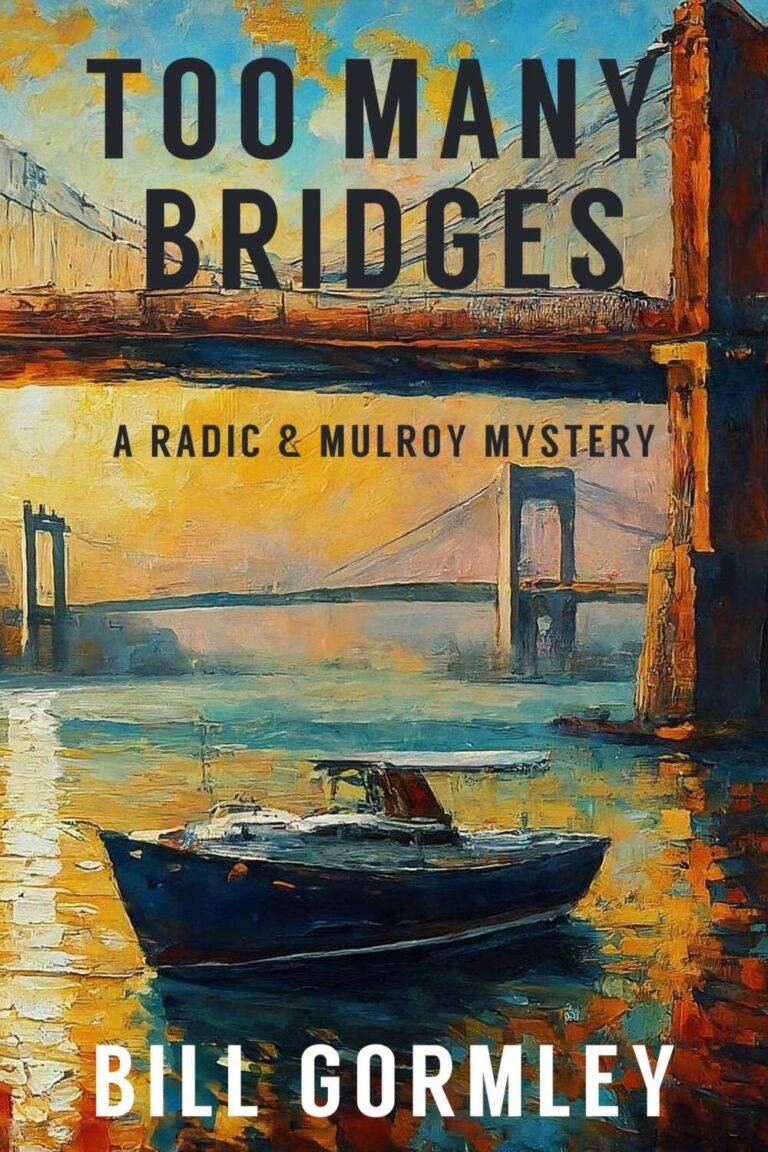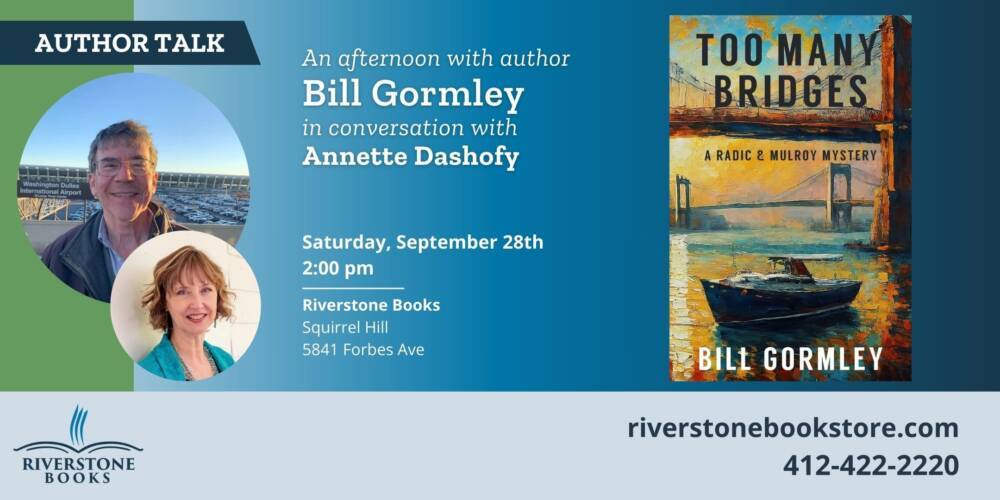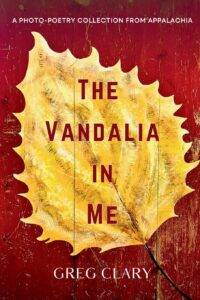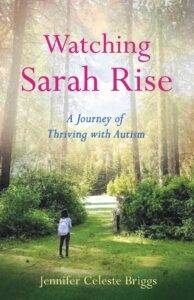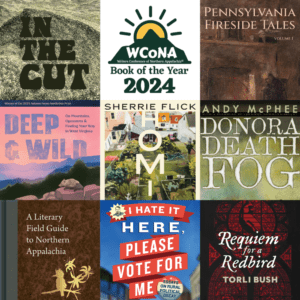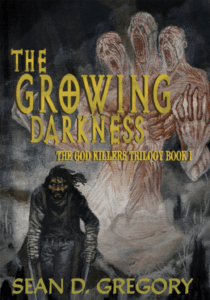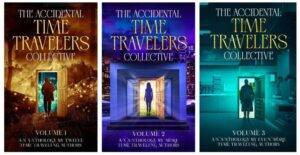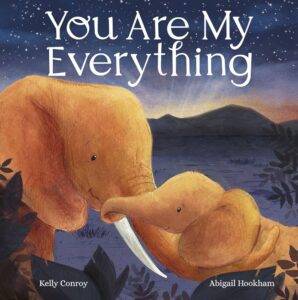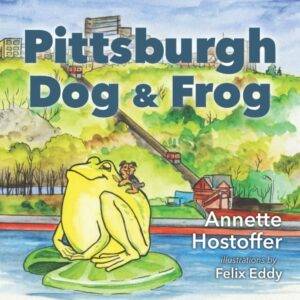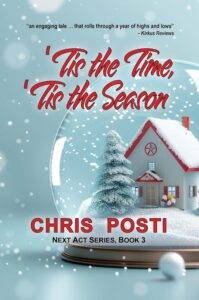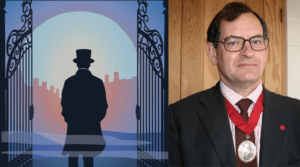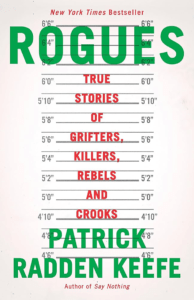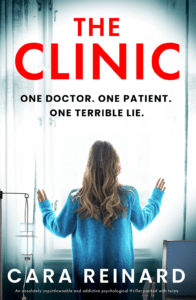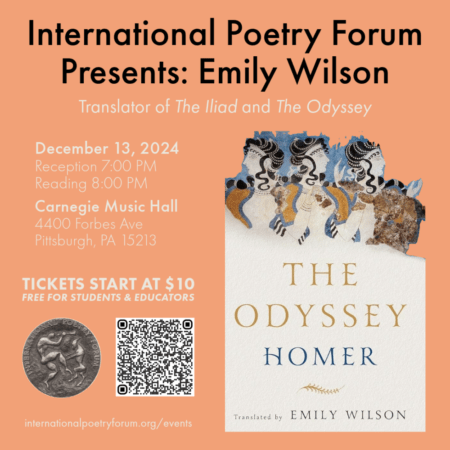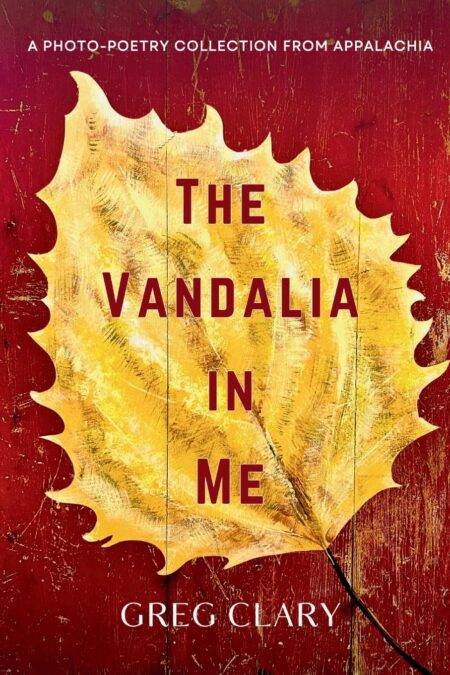From the Publisher: “An eyewitness to a murder calls the Pittsburgh police from one of the city’s 446 bridges, then disappears. To solve the case, the police must find the bridge. But where to start? Detective Branko Radic and Officer Kathleen Mulroy seek help from a nun, a professor, a mechanic, and a tattoo artist. They learn of a family feud, a business in trouble, some sketchy Harry Potter merchandise, and a missing young woman. If only they can find the right bridge, they might be able to put it all together. But sometimes a case is like a funhouse mirror at an amusement park. You have to adjust to the distortions in order to perceive the truth…”
More info About the Author: Bill Gormley grew up in Pittsburgh, Pennsylvania and lives in Arlington, Virginia. From 1990 to 2023, he was University Professor of Public Policy and Government at Georgetown University, where he co-directed the Center for Research on Children in the U.S. (CROCUS). He is the author of Too Many Bridges, a murder mystery published by Level Best Books in August, 2024. He is also the creator of Profs on Cops, a podcast that features interviews with criminologists and social scientists who are doing cutting-edge research on police practices and behavior.
Author Site Don’t miss out: Gormley will be in conversation with Annette Dashofy at Riverstone Books – Squirrel Hill on Saturday, September 28th at 2 pm!
Event Info
 You’ve just written a murder mystery, set in Pittsburgh. What is the book about?
You’ve just written a murder mystery, set in Pittsburgh. What is the book about?
My book is about bridges. Pittsburgh has a lot of them, more than any other city in the United States. When police receive a tip from an eyewitness to a murder, they want to talk with him, but he prefers to remain anonymous. All they know is that the eyewitness is homeless and that he’s calling from a bridge. They have an audio recording of the call and the background sounds of the bridge. Before they can have a meaningful manhunt, they need a bridge hunt first. They need to identify the bridge where the call originated from the sound of the bridge.
How did you come up with this idea for your story?
I grew up in Pittsburgh, so I know there’s a ton of bridges in the city. One estimate says there are 446 of them, which is mind-boggling. I read about a famous bridge that started producing musical sounds after some repair work was done. It intrigued me. Do bridges carry a tune? Do they have a distinctive pitch? Do they have a unique sound? I thought it would be fun to play with that.
This is not your first book, but it is your first work of fiction. You wrote several non-fiction books as a Georgetown University Professor of Public Policy. Now you’ve written a murder mystery. What’s the difference, from a writer’s point of view?
Writing fiction is more liberating than writing non-fiction, but the two are more similar than you might think. When writing non-fiction AND fiction, you have to do a lot of research. When writing a non-fiction book, you need to get your facts straight, whether you’re writing about the child care industry, political debates, bureaucratic behavior, public education, or other subjects I’ve addressed. When writing a murder mystery, it’s equally important to be realistic and accurate. A crime scene, an autopsy, and an arrest should all have the ring of authenticity. So, the writing process is different, for non-fiction and fiction, but a key goal is the same – truthful writing.
What’s really liberating about writing fiction, as opposed to non-fiction, is that you can get inside people’s heads. When social scientists interview someone for a book, their comments may or not reflect their innermost thoughts, values, and feelings. In contrast, fictional characters are far more candid. You know what they’re thinking when you write from their point of view. Even when they dissemble, you know their innermost thoughts. That’s something to be savored and to be shared with your readers. At their best, fictional characters are more revealing than people you know casually or even people you think you know really well.
But it’s really your thoughts that you’re revealing when you write fiction, not your character’s thoughts. Right?
Right and wrong. When I create a character, I sometimes have them do things or say things because the plot requires it. I admit that. But I also put my characters into situations, difficult situations, and watch with great interest to see how they’ll respond. At some point, your characters take over. It’s kind of like a mutiny. As in The Nutcracker Suite, when the tin soldiers and the mice come to life and Clara gets to sit back and enjoy the show. Some of my best scenes have been written not by me but by my characters. I’m often surprised by what they choose to do!
Are there any mystery writers who have inspired you? Any whom you try to emulate?
It’s not a good idea to emulate anyone in particular. You have to develop your own voice. But I’ve been inspired by many amazing mystery writers. Ed McBain and Elmore Leonard, for example. McBain was great at depicting nitty-gritty police work in a big city that resembled New York City. He created an ensemble cast of detectives who generally worked well together. Their private lives intruded from time to time, as you might expect in real life. They were three-dimensional, believable, and easy to root for. In contrast, Elmore Leonard did his best work on the other side of the fence. He was terrific at depicting two-bit criminals who thought of themselves as geniuses but who in fact were dumber than shit. Pardon my French. His criminals were wickedly funny, not evil per se. Their cluelessness is a running gag in his books. Great fun!
What’s next on your agenda? Another book?
My second murder mystery is moving along. It features the same cast of characters, more or less, and is set in Pittsburgh. The title is The Silent Trumpet. A talented Black musician, who plays the trumpet at jazz clubs, is roughed up by a bad cop outside the club where he is performing. He’s arrested, then released. A couple days later, the cop is dead, and the musician is back in jail, this time charged with murder. The musician’s brother, a drug dealer and political activist who’s seeking to turn over a new leaf, seeks his brother’s release. I’m enjoying this book, because it focuses on ethical dilemmas that arise when someone tries to atone for his misspent youth. It also looks at ethical dilemmas within the police department when the investigating officer is good friends with the prime suspect. My characters are still deciding how the book will turn out. But I’m confident that they’ll make some interesting choices.
Hey, thanks so much, Bill! We can’t wait to read Too Many Bridges and we hope our readers will pick up a copy at your Riverstone event with Annette Dashofy!


